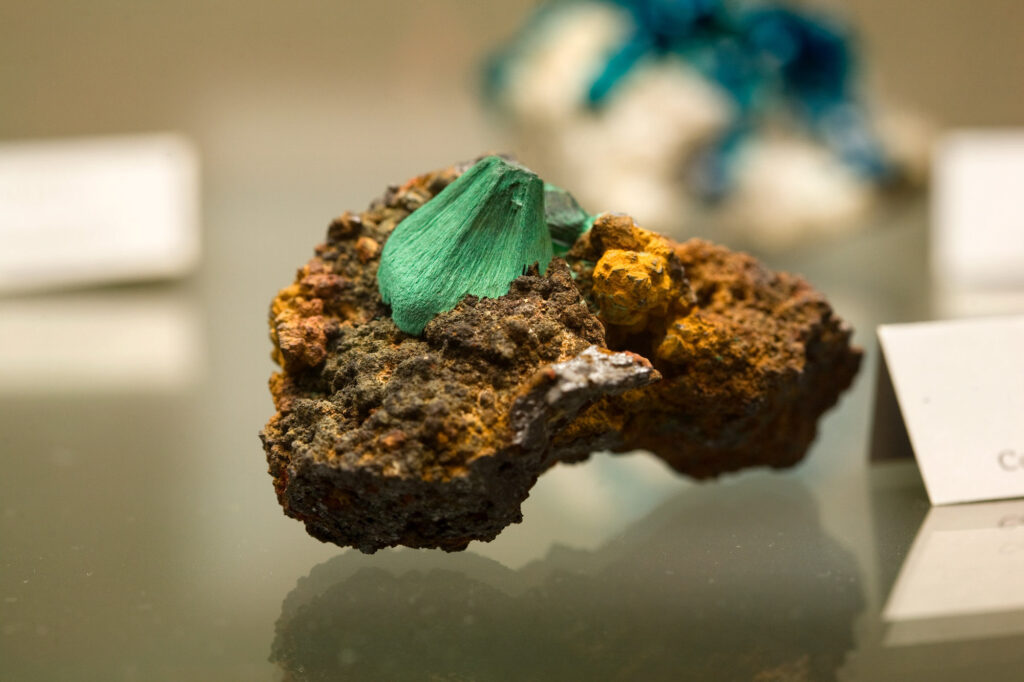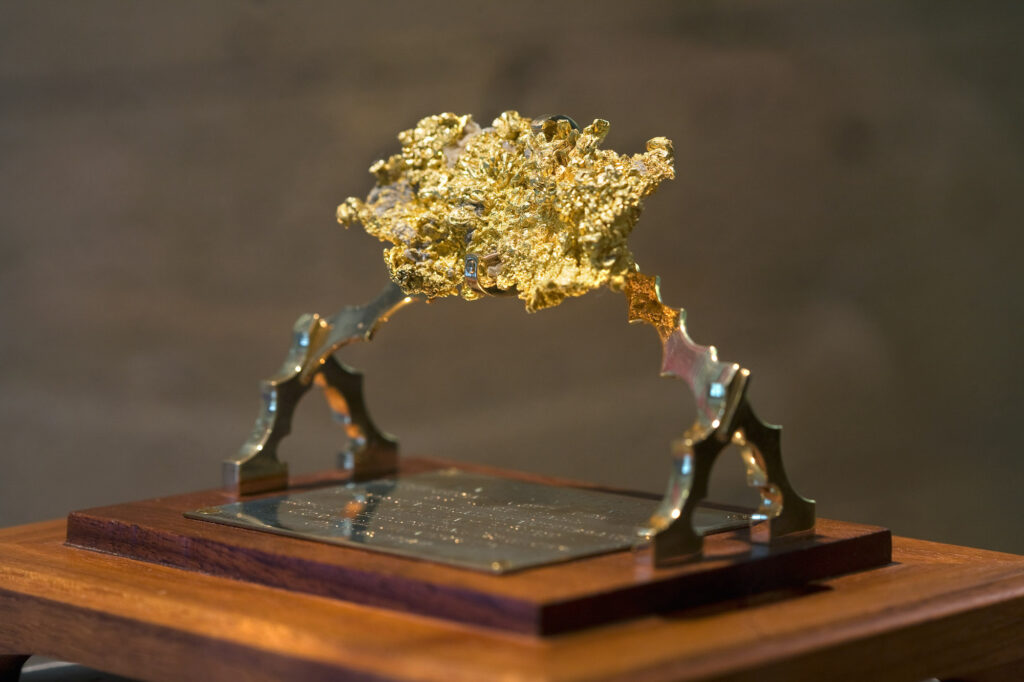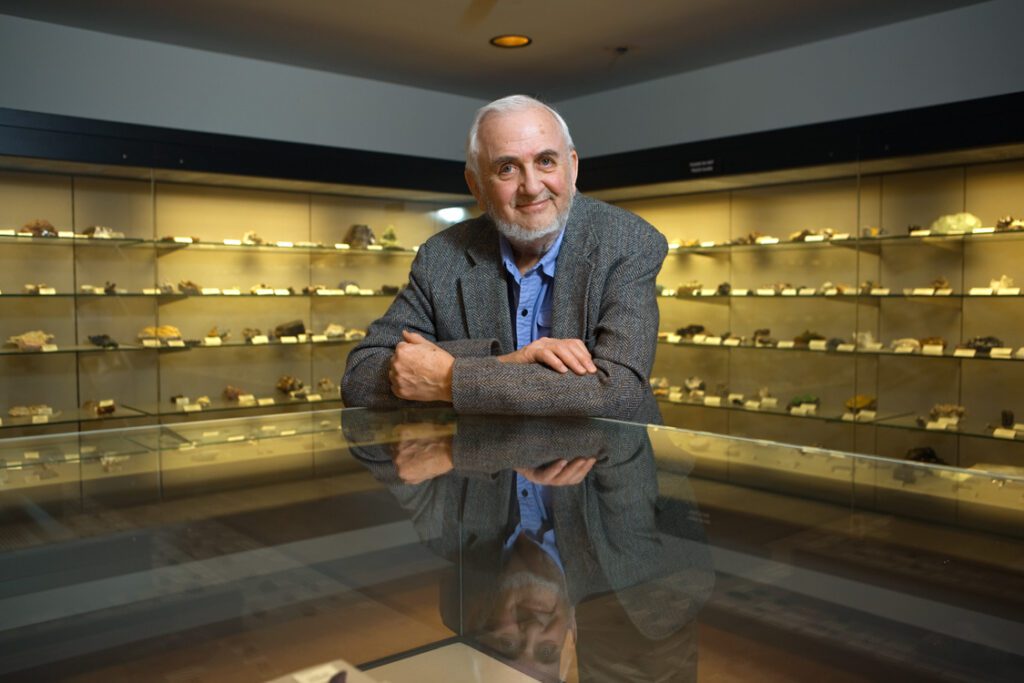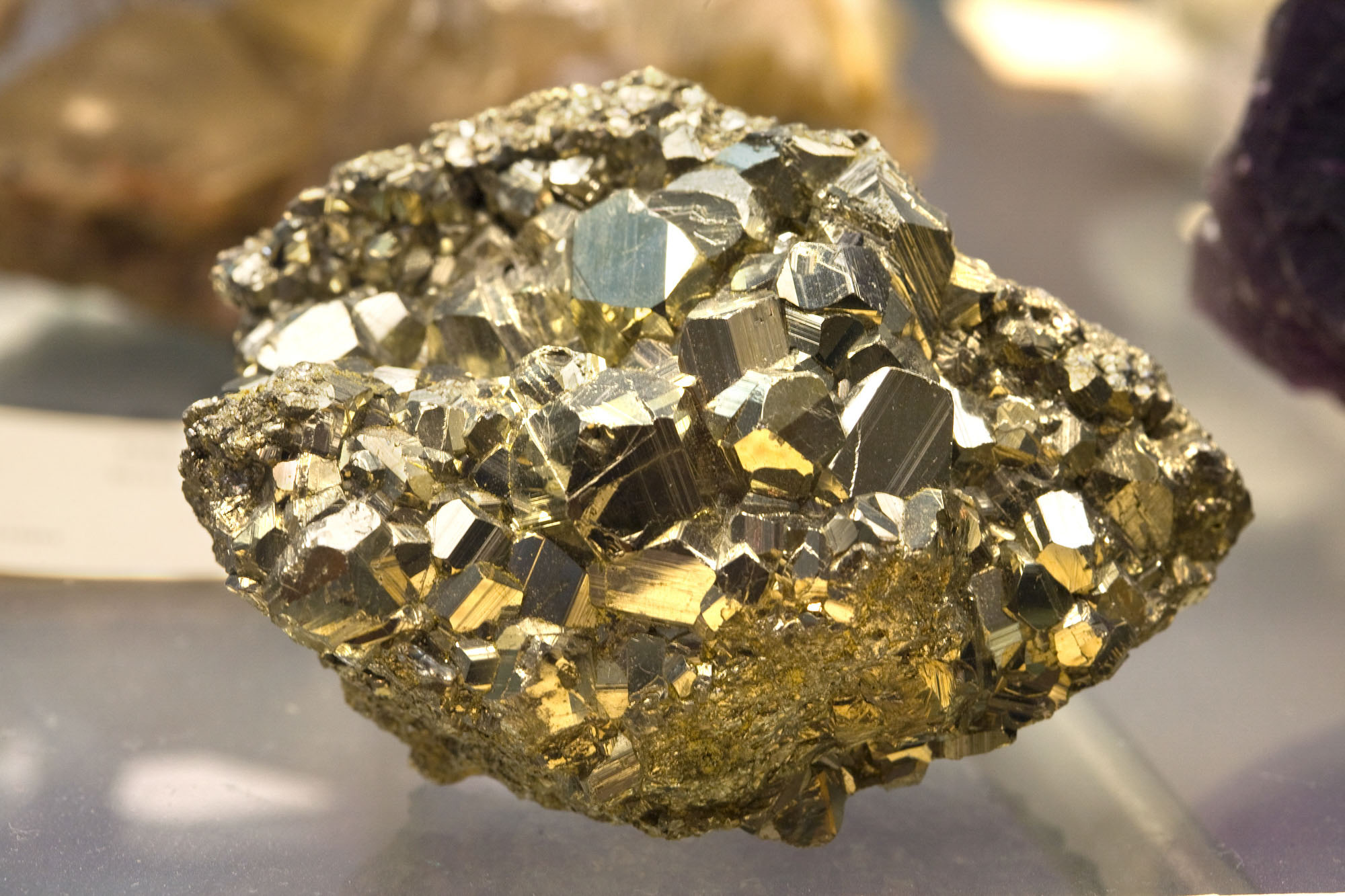Historic Significance and Type Localities
Many specimens in the Heasley Museum come from type localities and hold significant historical value. Among these are specimens from the Benjamin Silliman, Jr. “Cabinet of Minerals,” purchased by Ezra Cornell in 1868.
This collection formed the foundation of the university’s original Museum of Geology and Mineralogy, which was originally housed in McGraw Hall.

Exhibit Organization and Thematic Displays
Originally organized according to the Dana System, the museum’s exhibits have evolved to engage a broader audience through thematic displays. These include:
- Minerals of New York State and the Finger Lakes Region
- The seven crystal systems
- Unique characteristics of mineral species and groups (e.g., tourmaline, garnet, quartz)
- Fluorescent minerals
- Optical effects in natural crystals and lapidary materials

Lapidary Art and Gemology
One of the museum’s most captivating exhibits showcases minerals alongside lapidary works, such as ornamental carvings and gemstones. Lapidaries skillfully harness the unique properties of minerals to create stunning effects in faceted and cabochon gemstones. These gems not only highlight the artistry of lapidary work but also provide a fascinating lens into optical mineralogy and geological processes.
At the heart of this exhibit is the Allen and William Bassett Gem Collection, a remarkable selection that exemplifies the intersection of science and artistry in gemology.

